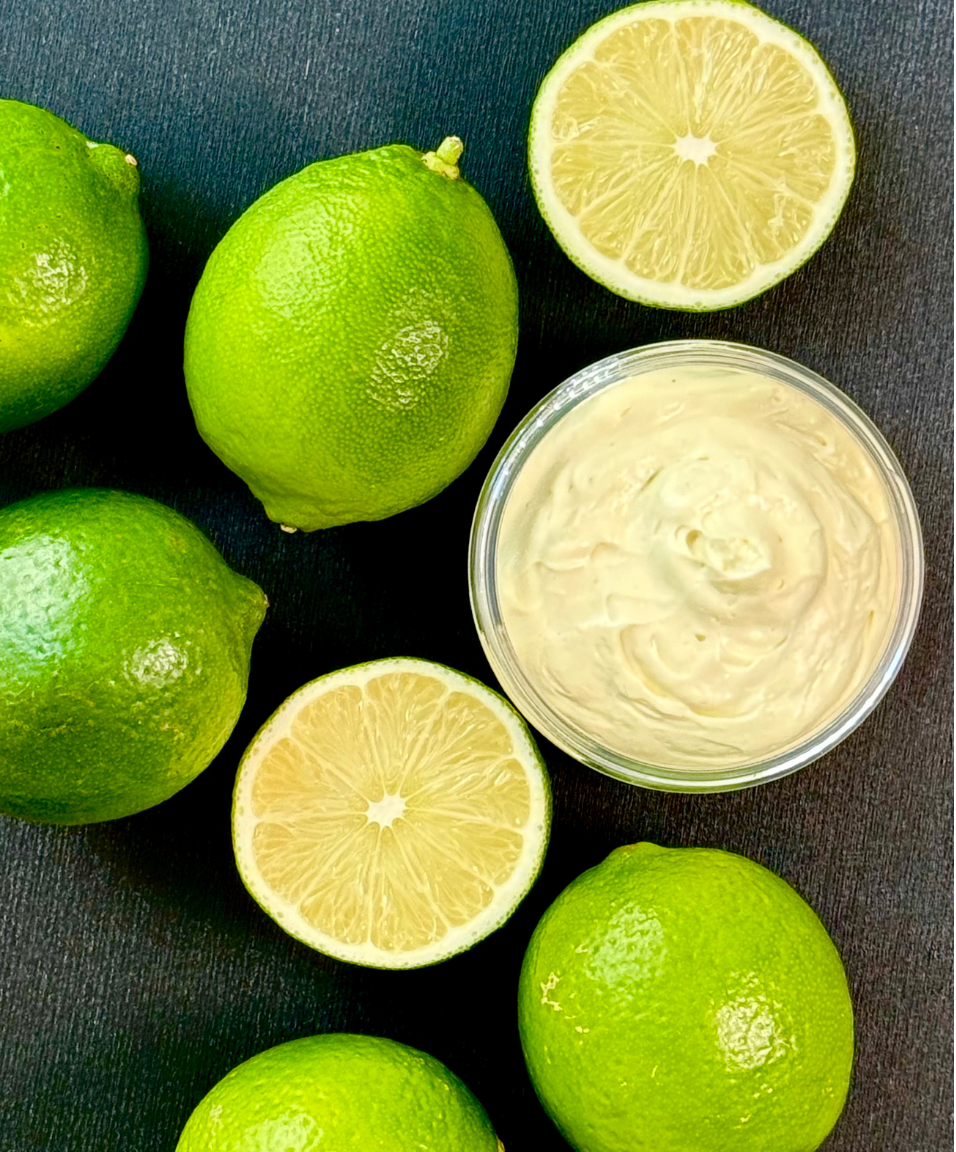Last Updated April 10, 2025
Key Takeaways
-
The acid mantle is a chemical component of the skin barrier, and its job is to maintain a slightly acidic pH to protect the skin and its microbiome.
-
Skin has an optimal pH balance of 4.5 to 5.5, which keeps harmful bacteria from growing and helps maintain hydration.
-
The acid mantle is sensitive and easily disrupted by things like harsh skincare products, very hot water and environmental factors.
-
You can repair and restore the acid mantle with gentle, pH-balanced cleansers and moisturizers. Use lukewarm water, exfoliate with care and don’t skip the SPF.
Your skin is truly a fascinating organ. Not only is the biggest and the most exposed organ in your entire body, it's the ultimate multitasker. Your skin doubles as a seriously impressive shield that keeps potential bad guys out and maintains those oh-so-critical hydration levels and it adapts to things like weather and the sun. To perform these incredible feats, your skin is made up of various layers with various roles. At the very outer layer is the skin barrier, which includes the acid mantle, a thin, delicate layer designed to host a healthy microbiome. To be a gracious host, the acid mantle has to keep things dialed to an appropriate pH. But what does that even mean? And how are you supposed to do it? Let’s take a closer look at the pH factor, and why the acid mantle is the secret to great skin.
What Is The Acid Mantle (And What Does pH Have To Do With It)?
We have a great take on the skin barrier and how to repair it, but let’s briefly hit the highlights. The skin has three layers (epidermis, dermis, hypodermis), all of which serve different functions. In the stratum corneum on the very outer layer is the skin barrier—sort of the first line of defense. The acid mantle is a chemical component of the skin barrier. It’s a very thin, slightly acidic layer composed of water, sebum (yes, that’s the oil your skin naturally produces, and it’s loaded with fatty acids and triglycerides) and sweat. Sounds a little ick, but it’s absolutely non-negotiable for healthy skin. Its job is to maintain a low pH level, which is how it’s able to so efficiently ward off troublesome visitors, like bad bacteria, viruses and fungi.
You’re likely familiar with the concept of your skin’s pH level (and we have a deep dive into why it’s important and absolutely worthy of your deepest respect), but let’s roll it back to chem 101 and discuss. Short for “potential of hydrogen,” pH measures the number of hydrogen ions in a substance. That number serves as a reflection of how acidic or alkaline/basic the substance is, and it’s measured on a scale of 0 to 14. Seven is a neutral pH—anything above it is alkaline and anything below is acidic. Your skin is happiest at a pH of 4.5 to 5.5, which veers slightly acidic. This is the optimal environment for a healthy, balanced acid mantle and the trillions of microorganisms that make up the skin’s microbiome. It also keeps moisture inside, where you want it, and it shields against pollutants and harmful chemicals. When we call your skin the first line of defense, it’s really the acid mantle doing the heavy lifting.
All The Ways You (Accidentally) Damage Your Acid Mantle
The bad news is that this delicate acid mantle is pretty darn sensitive, and many of us are inadvertently disrupting it and compromising its ability to do its job. How do you know you’ve upset your acid mantle? Skin that feels dry, tight, way too sensitive, irritated, red or itchy, even when you haven’t changed your skincare routine, is usually a reliable indicator. Regular breakouts outside of what’s typical for you can be a sign as well.
So what’s going on? There are a few common culprits behind acid mantle damage, including:
-
Harsh cleansers and soaps. This is far more common than you’d think. So many products on the market today take a nuclear approach to cleansing. Sure, they tackle dirt and grime, but they also strip the oils in the skin mantle. That sets you up for moisture loss, an overproduction of oil as your skin valiantly tries to compensate (and the likely ensuing breakouts) and worse, the possibility of infection and inflammation.
-
Over-exfoliating. Both physical and chemical exfoliants can wear down the acid mantle, setting you up for the same problems as harsh cleaners.
-
Hot water. We’ve said it before and we’ll say it again—your skin doesn’t do well with very hot water! It strips those important natural oils and opens the pores, which leads to faster moisture loss and parched skin. Plus, the heat itself is often irritating, which weakens the acid mantle. Lukewarm water is less likely to affect the natural oils and helps maintain balance. It’s also more soothing to the skin, believe it or not.
-
Environmental factors. The sun (of course), cold weather, too little humidity and pollution can all weaken the acid mantle. Unforgiving UV rays cause direct damage, which makes it tricky for the acid mantle to maintain moisture. Cold weather strips moisture from the skin and makes it harder to produce those protective oils, while pollution tends to clog and irritate pores, breaking down the acid mantle.
Your age can also affect your skin’s pH. The older you are, the more alkaline your skin becomes. That can affect the acid mantle. Inflammatory skin diseases, like eczema and rosacea, are also associated with higher Ph levels, which in turn can mean a disrupted acid mantle.
How To Repair & Protect Your Acid Mantle
Here’s the good news. You really can repair your acid mantle and fortify it so it’s at its best, and the best approach is pretty straightforward. Step one? Pare back your skincare routine to the basics—a gentle cleanser, a great moisturizer and some SPF if you’re outdoors. It goes without saying that any products you put on your face should be gentle and pH balanced, and Shimmer Chef’s plasters and balms fit the bill. The entire collection is Made Safe certified by the Environmental Working Group, and as part of the process, we analyzed and submitted pH testing for every product in our line-up. They fall between 4.07 and 5.76, making every single one pH balanced and ideal for repairing and sustaining a healthy acid mantle.
The culmination of our founder’s eclectic background—she’s a graduate of the Natural Gourmet Institute Culinary School, a licensed esthetician and a practicing health-supportive culinary arts chef from a family that practiced Mexican folk medicine—Shimmer Chef is as skin-friendly as it gets. Fresh, organic superfoods and botanicals and a proprietary fermenting process creates raw, living formulations that nourish the skin and fuel its microbiome. Gentle yet effective, these preservative-free products work with the skin barrier, including the acid mantle, for healthy, balanced skin from head to toe.
Beyond the right products, be mindful about exfoliating. Do it gently and sparingly—once a week or so. Remember to switch to lukewarm water and don’t skip the sunscreen!
The Bottom Line
You’re smart to consider the state of your acid mantle, especially if you’re dealing with ongoing skin struggles. It can’t function properly if it’s compromised, and you could actually be the one causing the problem (over-exfoliate much?). Fortunately, supporting the acid mantle and maintaining a healthy pH isn’t overly complicated. In fact, less is really more in this scenario, and Shimmer Chef makes the whole thing pretty simple.
Frequently Asked Questions
How does the acid mantle protect the skin?
The acid mantle is really the skin’s first line of defense, working to keep moisture in and protect against irritants. It has a naturally acidic pH level that keeps bad bacteria from growing and supports a thriving microbiome.
What is the best pH for skincare products?
The best pH for skincare products matches the skin’s natural pH level of 4.5 to 5.5. Products within this range won’t disrupt the acid mantle and they’re less likely to cause irritation.
How can you fix the acid mantle?
The best approach to fixing the acid mantle is simplifying your skincare routine. Use gentle, pH-balanced products, lukewarm water and a good SPF. Be gentle and sparing with exfoliating—keep it to once a week.
What is the pH level of the acid mantle?
The pH of the acid mantle is naturally between 4.5 and 5.5. That makes it slightly acidic.
Chef Jennifer Sanford, the visionary behind Shimmer Chef, fuses her talents as a Health Supportive Culinary Arts Chef and licensed esthetician to develop formulas that radically transform your skin, scalp and hair. Jennifer brings a holistic approach to beauty and wellness, drawing on the wisdom of Mexican Folk Medicine passed down through her family, as well as studies of the ancient art of Ayurveda through her yoga and meditation certifications.







